Big Zinnia Any Color Plant
₹321.00 ₹241.00
Most zinnia species come in a wide assortment of colors and can be purchased as a mix or a particular color.
Description
Purchase Description
- Big Zinnia (Any Color) Plant
- Product Material : Natural Plant With Pot , Quantity : 1
- Pot : Height : 5 Inches (13 cm), Pot Colour : Black (Plastic)
- Very easy to maintain and Suitable for gifting to Plant Lovers
Description
Those of you, who are living in the warm winter climates all over the year, can consider growing the Big Zinnia Plant. The plant is widely appreciated for its beauty and because of its ornamental purposes, it is widely used to add more glow in gardens, and indoor carries.
So, one can also find Big Zinnia Plants online at affordable ranges and of good quality!
Plant Specifications:
|
Plant Height |
15 cm |
|
Plant Spread |
10-12 cm |
Big Zinnia Plant Facts:
• The plant are quite adaptable and easy to grow
• They are low maintenance plants and have an aromatic fragrance
• The plants are widely used for ornamental purposes
• They are used for floral decorations such as bouquets
Plant Details:
|
Flower Color |
Any color |
|
Flower size |
small |
|
Common Name |
Zinnia elegans, youth-and-age, common zinnia, elegant zinna, Benary’s Giant |
|
Leaf Color |
Green |
|
Leaf Shape |
Elliptical |
|
Leaf Arrangement |
Opposite |
|
Maximum Reachable Height |
24 inches |
|
Plant Fragrance |
Strong aroma |
|
Visual Beauty |
Attractive |
|
Bloom Time |
Summer |
|
Growing difficulty level |
Easy to grow |
Big Zinnia Plant Benefits:
- The plant is widely used for ornamental and decorative purposes in nurseries and indoor gardens
- The plant is rich in nutrients and is therefore edible but seeds should be removed before eating
- They are also planted in hanging baskets in offices and corporate organizations
Plant Care Information:
|
Optimum Growth Temperature |
10-15 ℃ |
|
Optimum Soil Requirement |
Moist, Fertile Soil |
|
Optimum Light Requirement |
Full bright sunlight |
|
Container Specifications |
Well drained Pot |
|
Watering Requirements |
Moderate watering is required |
|
Fertilizing Requirements |
Organic fertilizers |
Plant Care Instructions:
Planting:
- Ensure that the plant should be grown in the area which receives proper sunlight
- Avoid re-plotting the plants within 2 weeks in the planting area
Fertilizing:
- Precisely use the fertilizer in accordance with the specifications mentioned on the label
- Try to use organic fertilizers to ensure no chemical degrades plant quality
Watering Tip:
- To keep the plant intact, watering should be done when the plant container or soil has dried
- Avoid over-watering the plant as it may cause damage to the plant
Seasonal Watering Requirement:
- Watering frequency should be regulated. It should be done more often during summers and springs
- Watering Frequency should be gradually reduced during winters and rainy seasons
Sowing Tip:
- Make sure that the plant receives full natural bright sunlight and proper humidity to avoid slowing down its germination
Since the plant blooms in around 2 months from its seeds and provides a beautiful look in the house gardens, nurseries and lawns therefore, it should be grown in indoor households and in nurseries. If you wish to establish a home garden quickly then have a look at the Big Zinnia online collection.
Plant Description
Huge, 5" doubles, on sturdy, bushy plants. Zinnias add bold, vibrant color to gardens. The more you cut, the more they bloom! Heat-loving and very easy to grow. Zinnias are among our customers' cherished favorites. Start indoors 4-6 weeks before last frost or sow outdoors where plants are to grow, when soil is warm. In hot lower central and southern states, sow midsummer to avoid mildew and enjoy glorious color all fall and early winter.
Origin: Roughly 20 annual and perennial species belong to this genus, which is native to the southern United States, Mexico, and South America.
Conditions: Zinnias require rich, well-drained soil in full sun. They are generally heat and drought tolerant. Do not plant them outdoors until night temperatures reach above 50 degrees F. Space plants 10 to 12 inches apart at planting time to give them room to grow and to allow for good air circulation, which will make plants less susceptible to diseases.
Pests and Diseases: Powdery mildew tends to be the biggest disease problem, especially in areas with hot, humid summers. Choose disease-resistant varieties (like the new hybrids), and avoid overhead watering. A weekly spray application of 1 tablespoon baking soda to 1 gallon water helps keep powdery mildew in check when applied to the leaves and stems of the affected plant. Zinnias should be protected from browsing deer and rodents.
Maintenance: Keep zinnias evenly moist, and feed them with a well-balanced fertilizer every few weeks for best flower production. For extended bloom, deadhead plants throughout the season. Remove unsightly leaves to prevent the spread of disease and to keep plants looking good.
Propagation: It’s easy to save seed from spent blooms after the petals have faded and the remaining flower heads have dried out. Expect variability in color and form as collected seed often does not resemble the parent plant.
Zinnia elegans holds the spotlight
For those gardeners who find zinnias to be ordinary, stiff, or garish, perhaps it’s time to reconsider. Breeders have had a field day with the classic daisylike flowers of Zinnia elegans, developing wonderful variations of its form that come in just about every color imaginable (except true blue) and that have increased disease resistance. The advances made with these cultivars offer single, semi-double, double, dahlia-flowered, and cactus-flowered blooms in various colors, sizes, and heights. Even bicolored varieties are available.
Zinnia elegans cultivars range in height from 8 to 48 inches tall with ovate leaves and hairy stems. Some of the most favored at the tall end of the spectrum are those belonging to the Benary’s Giant series formerly known as the Blue Point
series. These dahlia-flowered beauties have 36- to 48-inch-tall, strong, multibranching stems. The double, 3-inch-wide flowers are available in 13 brilliant hues from across the color spectrum. They have better mildew resistance than older, large, dahlia-flowered types. Some seed growers package different Benary’s Giant cultivars into specialized color-scheme mixes, such as Hot Crayon Colors, which combines warm shades of red, yellow, and orange, or Berry Basket, which brings together flowers with grape, pink, and raspberry hues.
Disclaimer: The image is for reference purposes only. The actual product may vary in shape or appearance based on climate, age, height, etc.
Only logged in customers who have purchased this product may leave a review.

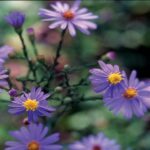

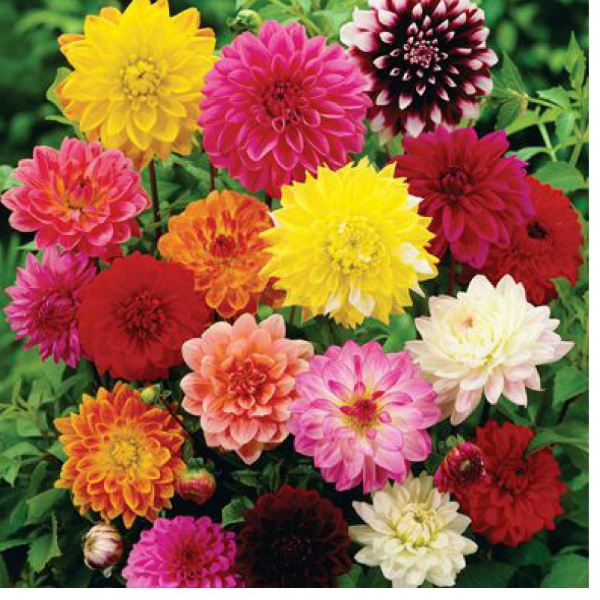
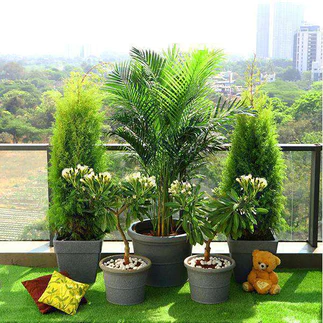
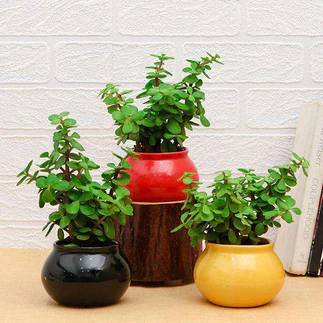
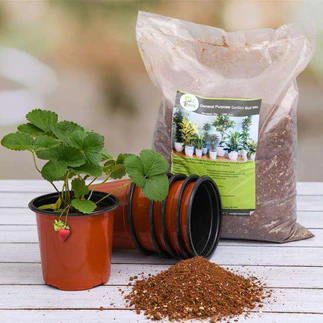
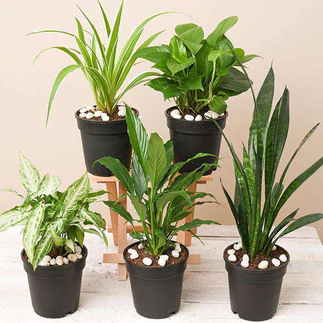
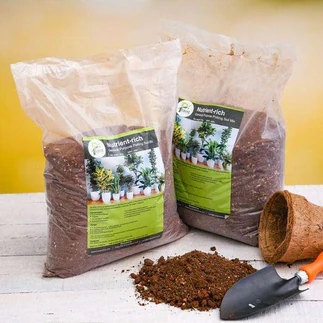

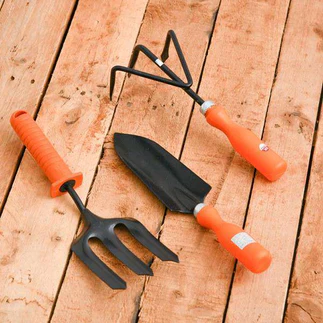
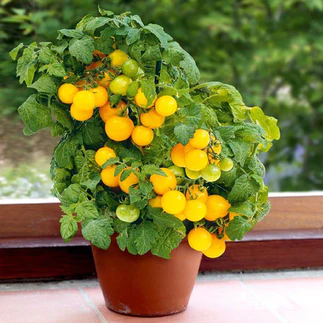
Reviews
There are no reviews yet.